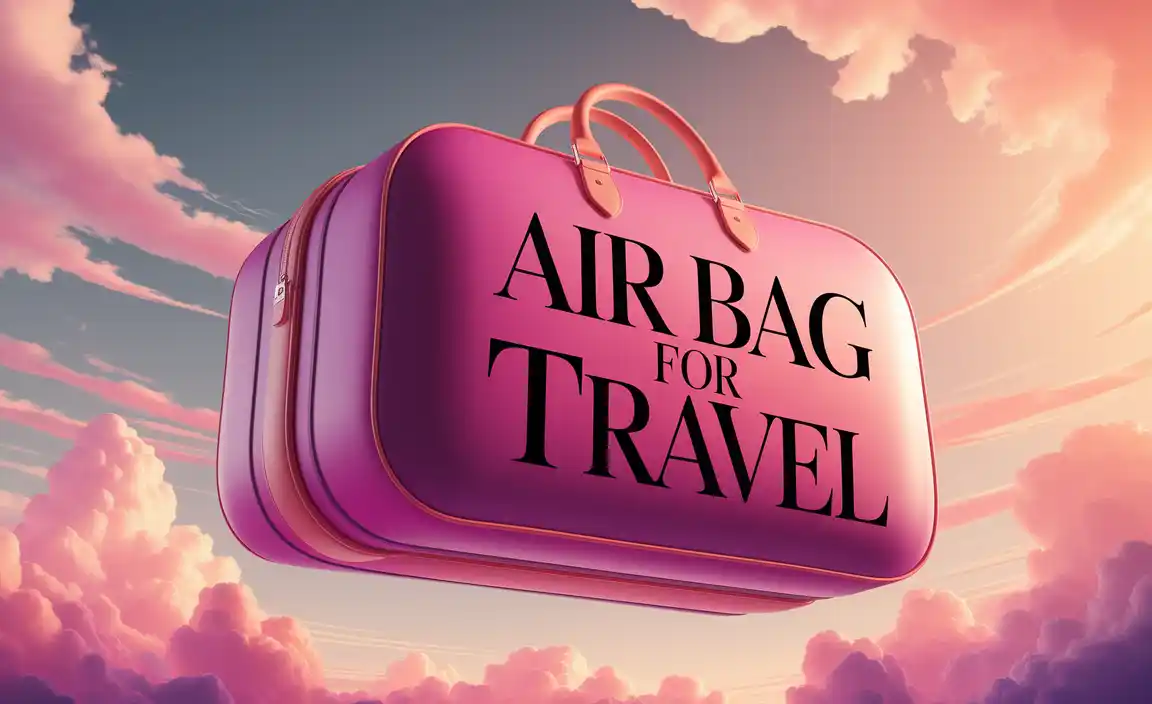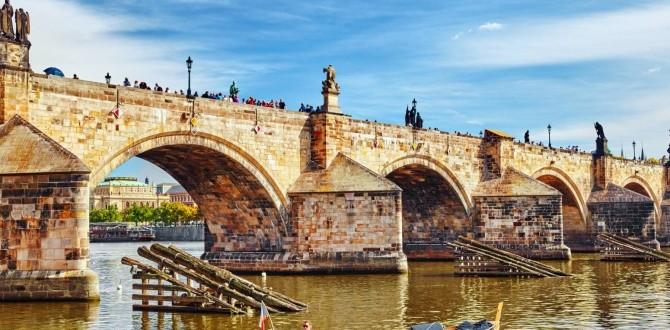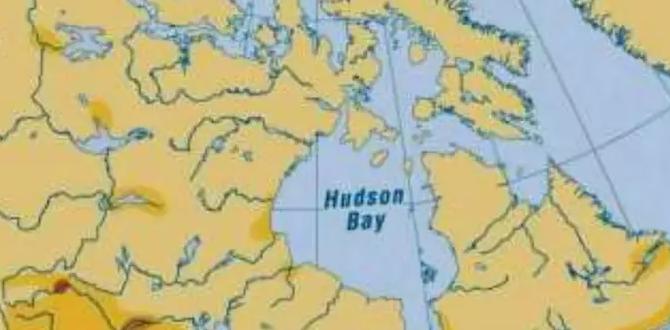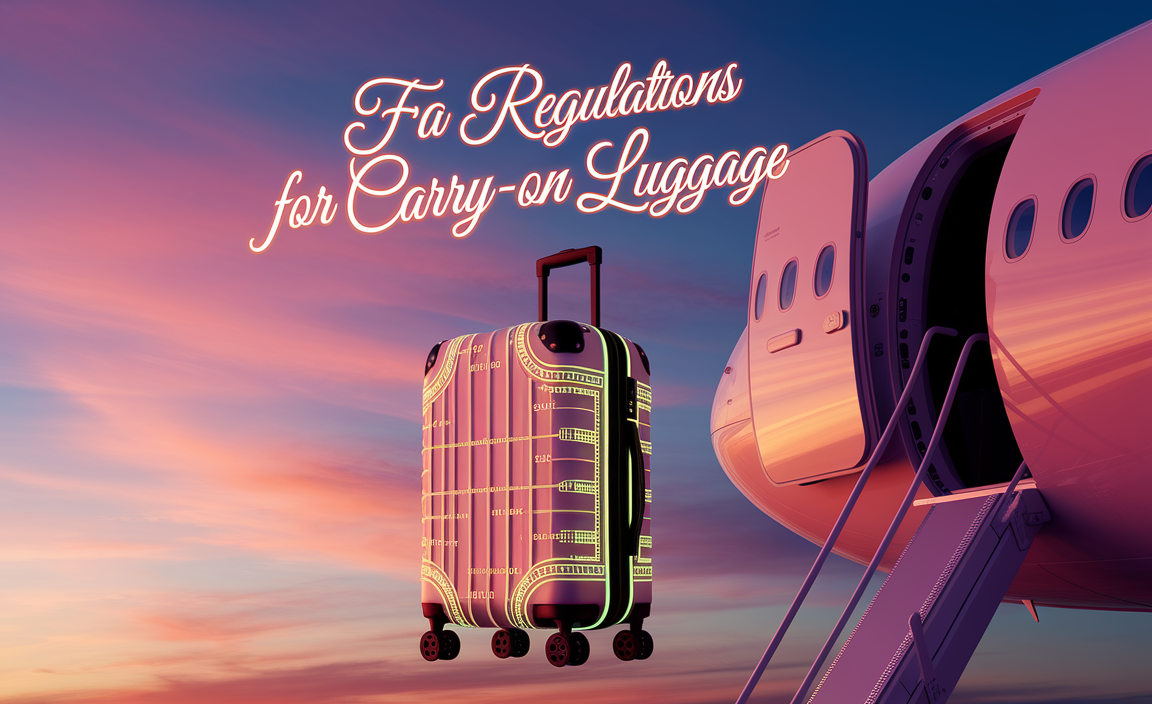Thinking about your first trip to Brazil? This guide offers essential tips for a smooth, exciting adventure, covering packing, safety, culture, and navigating this vibrant country. Prepare for an unforgettable experience with practical advice for every traveler.
Visiting Brazil for the first time can feel a bit overwhelming. With its vast size, diverse culture, and incredible landscapes, knowing where to start can be a challenge. Many travelers worry about language barriers, safety, or simply packing the right things. But don’t let that stop you! This guide is designed to make your first trip to Brazil easy and enjoyable. We’ll break down everything you need to know, from what to pack for different climates to useful phrases and how to stay safe, so you can focus on soaking in the magic of Brazil.
Your Brazil First-Timers Guide: Essential Tips for an Amazing Trip
Brazil is a land of samba, stunning beaches, lush rainforests, and vibrant cities. It’s a country that truly engages all your senses. As a first-timer, you’re in for an incredible experience. To help you navigate this amazing destination, we’ve compiled the essential tips you need for a comfortable, safe, and memorable journey. Let’s dive in!
1. Before You Go: Planning and Preparation
A little planning goes a long way for a stress-free trip to Brazil. Understanding the basics will set you up for success.
Visa and Passport Requirements
Ensure your passport is valid for at least six months beyond your intended stay in Brazil. Depending on your nationality, you may or may not need a visa. It’s crucial to check the latest visa requirements for your country well in advance of your trip. The Brazilian government’s consular websites are the most reliable source for this information. For instance, U.S. and Canadian citizens have specific entry requirements.
Vaccinations and Health
Consult your doctor or a travel clinic about recommended vaccinations. While not always mandatory, some vaccines like Hepatitis A, Typhoid, and Yellow Fever are often advised, especially if you plan to visit rural or Amazonian areas. Brazil has specific health recommendations from the CDC that are vital to review. Pack a basic first-aid kit with any personal medications, pain relievers, and antiseptic wipes. If you require adult or child diapers for comfort or medical reasons during long flights or excursions, ensure you pack an adequate supply or research local availability if needed, though bringing your own is often easiest for first-timers.
Currency and Budgeting
The currency in Brazil is the Brazilian Real (BRL). While credit cards are widely accepted in major cities and tourist areas, it’s wise to carry some local cash for smaller purchases, street vendors, or in more remote locations. Inform your bank about your travel dates to avoid any issues with your cards. ATMs are readily available, but it’s a good practice to withdraw larger sums to minimize transaction fees. Tipping is not as ingrained as in some other countries, but leaving a small tip (around 10%) for good service in restaurants is appreciated.
Language Basics
Portuguese is the official language of Brazil. While English is spoken in many tourist hotels and by some tour guides, knowing a few basic Portuguese phrases will greatly enhance your interactions with locals and show your respect for their culture. Phrases like “Olá” (Hello), “Obrigado/Obrigada” (Thank you – male/female speaker), “Por favor” (Please), and “Com licença” (Excuse me) can be incredibly useful. Google Translate or similar apps can be a lifesaver for quick translations.
2. Packing Essentials for Brazil
Brazil’s climate varies dramatically from the tropical north to the more temperate south. Pack smart to stay comfortable.
Clothing for Different Climates
Coastal Areas & Rio de Janeiro: Lightweight, breathable clothing is key. Think cotton t-shirts, shorts, sundresses, and swimwear. A light jacket or sweater is useful for cooler evenings or air-conditioned places. Remember a hat and sunglasses for sun protection.
Amazon Rainforest: Pack long-sleeved shirts and long pants to protect against insects and the sun. Lightweight, quick-drying fabrics are best. Bring a waterproof jacket and insect repellent with DEET.
Southern Brazil (e.g., Curitiba, Florianópolis): Consider packing layers. Evenings can be cool, especially outside of summer. A light to medium jacket, long-sleeved shirts, and jeans are advisable.
Footwear
Comfortable walking shoes are a must, especially if you plan to explore cities or hike. Sandals or flip-flops are perfect for beaches and casual wear. If you plan on trekking in national parks, sturdy hiking boots are recommended.
Must-Have Accessories
- Sunscreen (high SPF)
- Insect repellent
- Adapter for electronics (Brazil uses Type N sockets)
- Portable power bank
- Reusable water bottle
- Small backpack or daypack for excursions
- Swimsuit (even if you’re not a beach person, you might find a hotel pool!)
- Any personal comfort items or specific needs, such as adult or child diapers if you or your dependents require them for extended travel, ensuring comfort and peace of mind on your adventures. Researching brands available locally or packing your preferred, trusted products is recommended.
3. Navigating Brazil: Transportation and Getting Around
Brazil is huge, so understanding your transportation options is vital for efficient travel.
Domestic Flights
For covering long distances quickly, domestic flights are your best bet. Major airlines like LATAM, GOL, and Azul operate extensive networks connecting cities across the country. Booking in advance can often secure better prices.
Buses
Intercity buses are a popular and economical way to travel between cities. Services range from standard to luxurious “leito” (sleeper) buses, which are great for overnight journeys. Companies like ClickBus can help you find routes and book tickets online.
In Cities: Taxis and Ride-Sharing Apps
In most major cities, ride-sharing apps like Uber are widely available and often more affordable than traditional taxis. Always ensure the app is displaying the correct fare before confirming your ride. If taking a taxi, look for official taxi stands or well-marked vehicles, and consider asking your hotel to hail one for you.
Metro Systems
Some cities, like São Paulo and Rio de Janeiro, have efficient metro systems that can be a convenient and safe way to get around, especially during peak traffic hours. Familiarize yourself with the local metro maps.
4. Food and Drink: A Taste of Brazil
Brazilian cuisine is incredibly diverse and delicious, reflecting its indigenous, European, and African influences.
Must-Try Dishes
- Feijoada: Brazil’s national dish, a hearty black bean stew with pork and beef. Often served on Saturdays.
- Churrasco: Brazilian barbecue, where various cuts of meat are grilled on skewers and carved at your table.
- Acarajé: A popular street food in Bahia, made from black-eyed peas, fried in dendê oil, and filled with shrimp and other garnishes.
- Pão de Queijo: Delicious cheese bread rolls, perfect for breakfast or a snack.
- Brigadeiro: A classic Brazilian chocolate fudge ball, a beloved sweet treat.
Drinks
Be sure to try fresh tropical fruit juices (e.g., passion fruit, mango, açaí), guaraná soda, and of course, a Caipirinha, Brazil’s national cocktail made with cachaça, sugar, and lime. Regarding water, it’s generally recommended to drink bottled or filtered water to avoid any stomach upsets.
5. Safety and Staying Healthy
While Brazil is a welcoming country, it’s wise to be mindful of your surroundings and take standard safety precautions.
General Safety Tips
- Be aware of your surroundings, especially in crowded areas and at night.
- Avoid displaying expensive jewelry, electronics, or large amounts of cash.
- Keep your valuables secure in a money belt or a hidden pouch.
- If using ATMs, prefer those inside banks or in well-lit, busy areas.
- Be cautious with unsolicited offers or overly friendly strangers.
- Research the safety of specific neighborhoods before visiting or staying.
For official travel advisories and safety information, you can refer to your country’s foreign travel advice websites, such as the U.S. Department of State: Brazil Travel Information.
Health Precautions
- Drink only bottled or filtered water.
- Be cautious with street food; opt for busy stalls with high turnover.
- Use insect repellent, especially at dawn and dusk, to prevent mosquito-borne illnesses like Dengue fever.
- If you have specific medical needs or require personal care items like adult or child diapers, ensure you have a plan. Packing a sufficient supply for your trip is often the most reliable method, as availability and brands can vary significantly throughout Brazil.
6. Cultural Etiquette and Customs
Understanding local customs will help you navigate social situations with ease and respect.
Greetings
Brazilians are generally warm and friendly. Handshakes are common for introductions. In many regions, friends and acquaintances kiss each other on one or both cheeks as a greeting. If unsure, follow the lead of the person you are meeting.
Dining Etiquette
It’s polite to wait until everyone is served before you start eating. Keep your hands visible on the table (not in your lap). Complimenting the food is always appreciated.
Punctuality
While punctuality is valued in business settings, social engagements can sometimes be more relaxed. It’s not uncommon for people to arrive a little late for informal gatherings. However, for tours or appointments, it’s best to be on time.
7. Must-Visit Destinations for First-Timers
Brazil offers a lifetime of exploration, but here are a few iconic spots perfect for your initial visit.
Rio de Janeiro
The “Cidade Maravilhosa” (Marvelous City) is iconic for a reason. Home to Sugarloaf Mountain, Christ the Redeemer statue, and the famous beaches of Copacabana and Ipanema. It’s a vibrant city with a lot to offer, blending natural beauty with urban energy.
Iguazu Falls (Foz do Iguaçu)
One of the world’s most spectacular natural wonders. These immense waterfalls, straddling the border between Brazil and Argentina, offer breathtaking views and walking trails. The Brazilian side provides panoramic vistas of the falls.
Salvador, Bahia
The heart of Afro-Brazilian culture. Salvador is famous for its colorful colonial architecture, lively music scene, capoeira, and delicious Bahian cuisine. The Pelourinho historic center is a UNESCO World Heritage site.
The Amazon Rainforest
For an unparalleled nature experience, a trip to the Amazon is unforgettable. Manaus is a common gateway for jungle lodges, river cruises, and exploring the vast biodiversity.
São Paulo
As Brazil’s economic powerhouse, São Paulo is a buzzing metropolis offering world-class dining, vibrant nightlife, diverse neighborhoods, and impressive museums. It’s a cultural melting pot.
8. Practical Money-Saving Tips
Brazil can be explored without breaking the bank. Here’s how to save:
- Eat like a local: Opt for “prato feito” (fixed-price meals) at small restaurants, which are delicious and much cheaper than tourist-oriented establishments.
- Use public transport or walk: In cities, utilize buses and metros where available. Walking between nearby attractions also saves money and lets you see more.
- Book in advance: For flights and popular accommodations, booking ahead can often get you better deals.
- Travel during shoulder seasons: Avoid peak holiday times like Carnival or New Year’s for lower prices on flights and hotels.
- Free attractions: Many cities offer free walking tours, parks, and beaches to enjoy.
Frequently Asked Questions About Brazil for First-Timers
Here are answers to some common questions first-time visitors to Brazil often have.
Q1: Is Brazil safe for tourists?
Most tourist areas in Brazil are generally safe, especially if you take standard precautions. Be aware of your surroundings, avoid displaying valuables, and stick to well-trafficked areas, particularly at night. Like any large country, some cities or neighborhoods have higher crime rates, so it’s wise to research your specific destinations.
Q2: What is the best time of year to visit Brazil?
The best time depends on where you want to go. For Rio de Janeiro and the southern coast, December to March is summer. For the Amazon, the dry season (June to November) is often preferred. For Iguazu Falls, year-round is spectacular, though water levels vary. Shoulder seasons (April-May, September-November) often offer pleasant weather and fewer crowds.
Q3: Do I need to speak Portuguese to visit Brazil?
While knowing some basic Portuguese phrases is highly recommended and appreciated, you can get by in major tourist hubs with English, especially in hotels and tour operations. However, in smaller towns or more local establishments, English proficiency decreases significantly. Having a translation app can be very useful.
Q4: Is it safe to drink tap water in Brazil?
It is generally recommended for tourists to avoid drinking tap water in Brazil and to stick to bottled or filtered water. While many locals do drink tap water, travelers may have more sensitive stomachs.
Q5: What should I pack for a first-time trip to Brazil?
Pack light, breathable clothing for warm weather, swimwear, sunscreen, insect repellent, comfortable walking shoes, and a light jacket for cooler evenings or air conditioning. Don’t forget a universal adapter for electronics. If you or someone you’re traveling with require adult or child diapers, it’s best to pack a sufficient supply of trusted brands for comfort and convenience throughout your travels.
Q6: How much money should I bring for Brazil?
This varies greatly depending on your travel style and duration. Budget travelers might spend $50-$70 USD per day, while mid-range travelers could spend $100-$150 USD per day. This includes accommodation, food, transport, and activities. Carrying some cash for smaller purchases is advisable, alongside using credit/debit cards.
Q7: Can I use my credit cards in Brazil?
Credit cards are widely accepted in hotels, restaurants, and larger shops in major cities. However, for smaller vendors, street markets, public transport fares, or in more remote areas, cash is often necessary. It’s always a good idea to have a mix of both and to inform your bank about your travel plans.
Conclusion
Your first journey to Brazil is an adventure waiting to unfold, and with these essential tips, you’re well-equipped to embrace all it has to offer. From the vibrant energy of Rio’s beaches to the awe-inspiring power of Iguazu Falls and the cultural richness of Salvador, Brazil promises an unforgettable experience. Remember to pack wisely, stay mindful of your surroundings, and allow yourself to be swept away by the warmth of the people and the beauty of the landscape. Embrace the exploration, savor the flavors, and create memories that will last a lifetime. Have a fantastic trip!





